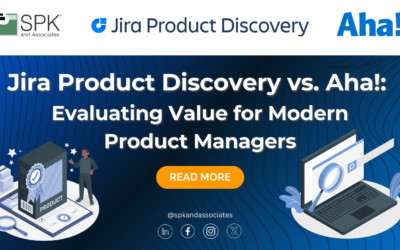If you’re like many engineering managers, IT infrastructure may not be your favorite topic. You think about it when absolutely necessary, but often neglect it or place it behind other capital investments. What’s more, there’s a good chance your current IT solutions might be outdated, tedious, or simply frustrating. So how can a hybrid cloud solution aid these pain points?
You know you need to invest in new server or desktop solutions, but you’re worried about a significant upfront expense. And sometimes, that capital expenditure is only the beginning. There are also the costs associated with power and cooling. Finally, investments into on-premises server solutions might not be ideal, because your last-mile network connectivity might be a bottleneck.
Ignoring it until you absolutely have to act might be the easiest way of dealing with your servers, but it’s far from the safest. Waiting too long to act can quickly turn a minor headache into a major calamity — one that jeopardizes the very existence of your business. In the meantime, you’re limiting the applications and solutions your business can deploy, falling behind your competition.
The answer to all these problems? Hybrid cloud solutions! The hybrid cloud leverages both on-premises and off-premises servers, and even remote or cloud desktops, allowing you access to the best of both worlds.
What is a Hybrid Cloud Solution?
Hybrid cloud solutions require a fraction of the capital investment that on-premises servers do. Instead of buying countless servers to keep up with demand, the cloud solution steps in to provide a significant increase in computing power. Need to scale up to process a massive increase in customer transactions on Black Friday? Hybrid cloud fires up new servers in a fully automated way! This eliminates tedious work for your engineers, boosting morale and productivity. Server automation also includes the flexibility to run latency or regulatory sensitive applications in the most appropriate location.
Depending on your configurations, hybrid cloud might be even more secure than fully on-premises server solutions. Data is encrypted both at rest and in transit. But the key phrase here is “depending on your configurations.” Indeed, hybrid cloud solutions come with their own set of complications, of which security is only one.
5 Important Features to Consider
Architecture: Without the correct architecture, you can’t effectively leverage the cloud. This means poor security, stability and performance. The cloud is not simply “plug and play.” It needs a thorough set-up, and requires an understanding of the underlying application protocols for proper usage.
Underestimating Automation: One truly revolutionary advantage of the cloud is the ability to dramatically increase task automation. Many engineering managers often underestimate the options for leveraging the cloud, and fail to take full advantage. Automation saves labor costs and allows your engineers or employees to do more — with less risk of manual error. Many tools such as CloudBees CI and CD/ARO can seamlessly integrate into both on-prem and cloud environments, enabling automation in both locations.
Security: As stated above, a hybrid cloud solution can be more secure than on-premise servers. However, there are a number of attack vectors that need to be dealt with. This necessitates a security team experienced with hybrid cloud solutions. At SPK and Associates, we can provide that off-site security support, providing 24/7 assistance for any location.
Provisioning: It’s easy to create new provisions without proper security measures in place, creating a dangerous blindspot in your servers. What’s more, costs can quickly spiral out of control due to an unnecessary or untracked increase in provisioned resources. Just as servers can be automated to spin up, resources must be automated to track consumption — and reduce as necessary.
Compliance: You might know your industry’s compliance requirements. But do you know how to translate them to your hybrid cloud services? Compliance failure can easily cost your business more than it can afford, all due to a minor slip up. Luckily, we can help — specifically with third-party tools that integrate into both environments. Delivery software can pull in and track many different types of information such as deployment, testing, usage, and others. You can then view information in convenient reporting tools.
At SPK and Associates, we provide top-notch services, award-winning solutions, and flexible support. With our clients, we do not adopt a ‘one-size-fits-all’ attitude, but tailor our service to your unique needs. With 20+ years as a managed service provider, our team of experts understands the complexities of working with hybrid cloud. We can manage and automate work that consumes an Engineering IT team — but also ensure that we educate in the process.
If you believe a hybrid cloud solution is for you, give us a call. We’d be happy to provide a free assessment. With expert analysts and years of experience, SPK and Associates is here to make your life easier, so your engineers can do what they do best — create!
Next Steps:
- Contact SPK and Associates and set up a discovery call to identify how we can help your engineers with hybrid cloud implementation, CAD and PDM, and other secure, unique solutions.
- Read our White Papers & Case Studies for examples of how SPK leverages technology to help our clients accelerate product development and workflow productivity.
- Subscribe to our blog to stay informed on integrated services and engineering efficiency topics.







